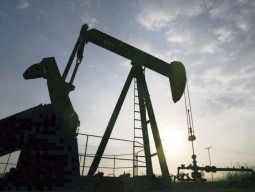
Textile exporters have welcomed the industrial support package, announced by Prime Minister Imran Khan, and stated that it focused on industrialisation, foreign exchange inflows and revival of sick industrial units.
They added that the scheme sets pro-growth measures in place to steam up industrialisation, boost exports and place the country’s economy on path of sustainable growth.
Appreciating the government’s initiative on Tuesday, Pakistan Textile Exporters Association (PTEA) Chairman Sohail Pasha termed the industrial package right move and argued that it would trigger industrial revolution and boost economic productivity in the country.
“The protection of the stakes of the industrial sector and rapid economic progress is must to tackle the ongoing challenges,” he added. “This package will steer growth-led revenue generation for Pakistan, help it overcome revenue and current account deficit and revive the idle capacity.”
He stated that during the last decade, sizable textile capacity turned non-functional and the number of sick units rose on account of bad business conditions.
In absence of any mechanism for rehabilitation, the textile industry was unable to produce as per its installed capacity.
“Now with this package, the activation of idle capacities in the value-added textile sector has become possible which will significantly help in fetching additional $1.5 billion worth of foreign exchange and generate over 100,000 employment opportunities,” he said.
Appreciating the government’s assistance in boosting export growth, PTEA Vice Chairman Ameer Ahmad said that the leadership was serious about pushing exports as it came up with export facilitation policies including Export Facilitation Scheme and competitive energy prices in the key export industries.
Published in The Express Tribune, March 23rd, 2022.
Like Business on Facebook, follow @TribuneBiz on Twitter to stay informed and join in the conversation.

1725443747-0/Untitled-design-(5)1725443747-0-405x300.webp)


1724238420-0/Untitled-design-(3)1724238420-0-165x106.webp)













COMMENTS (1)
Comments are moderated and generally will be posted if they are on-topic and not abusive.
For more information, please see our Comments FAQ